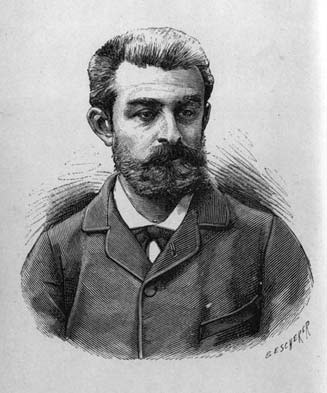|
L'Oblat
''The Oblate'' (french: L'Oblat) is the last novel by the French writer Joris-Karl Huysmans, first published in 1903. ''The Oblate'' is the final book in Huysmans' cycle of four novels featuring the character Durtal, a thinly disguised portrait of the author himself. Durtal had already appeared in ''Là-bas (novel), Là-bas'', ''En route (novel), En route'' and ''The Cathedral (Huysmans novel), The Cathedral'', which traced his (and the author's) conversion to Roman Catholicism, Catholicism. In ''The Oblate'', Durtal becomes an Oblate (religion), oblate, reflecting Huysmans' own experiences in the religious community at Ligugé. Like many of Huysmans' other novels, it has little plot. The author uses the book to examine the Christian liturgy, express his opinions about the state of Catholicism in contemporary France and explore the question of suffering. Sources * External links Full French Text at Internet Archive 1924 English translation by Edward Perceval 1903 Fr ... [...More Info...] [...Related Items...] OR: [Wikipedia] [Google] [Baidu] |
Joris-Karl Huysmans
Charles-Marie-Georges Huysmans (, ; 5 February 1848 – 12 May 1907) was a French novelist and art critic who published his works as Joris-Karl Huysmans (, variably abbreviated as J. K. or J.-K.). He is most famous for the novel ''À rebours'' (1884, published in English as ''Against the Grain'' and as ''Against Nature''). He supported himself by way of a 30-year career in the French civil service. Huysmans's work is considered remarkable for its idiosyncratic use of the French language, large vocabulary, descriptions, satirical wit and far-ranging erudition. First considered part of Naturalism, he became associated with the decadent movement with his publication of ''À rebours.'' His work expressed his deep pessimism, which had led him to the philosophy of Arthur Schopenhauer. In later years, his novels reflected his study of Catholicism, religious conversion, and becoming an oblate. He discussed the iconography of Christian architecture at length in '' La cathédral ... [...More Info...] [...Related Items...] OR: [Wikipedia] [Google] [Baidu] |
